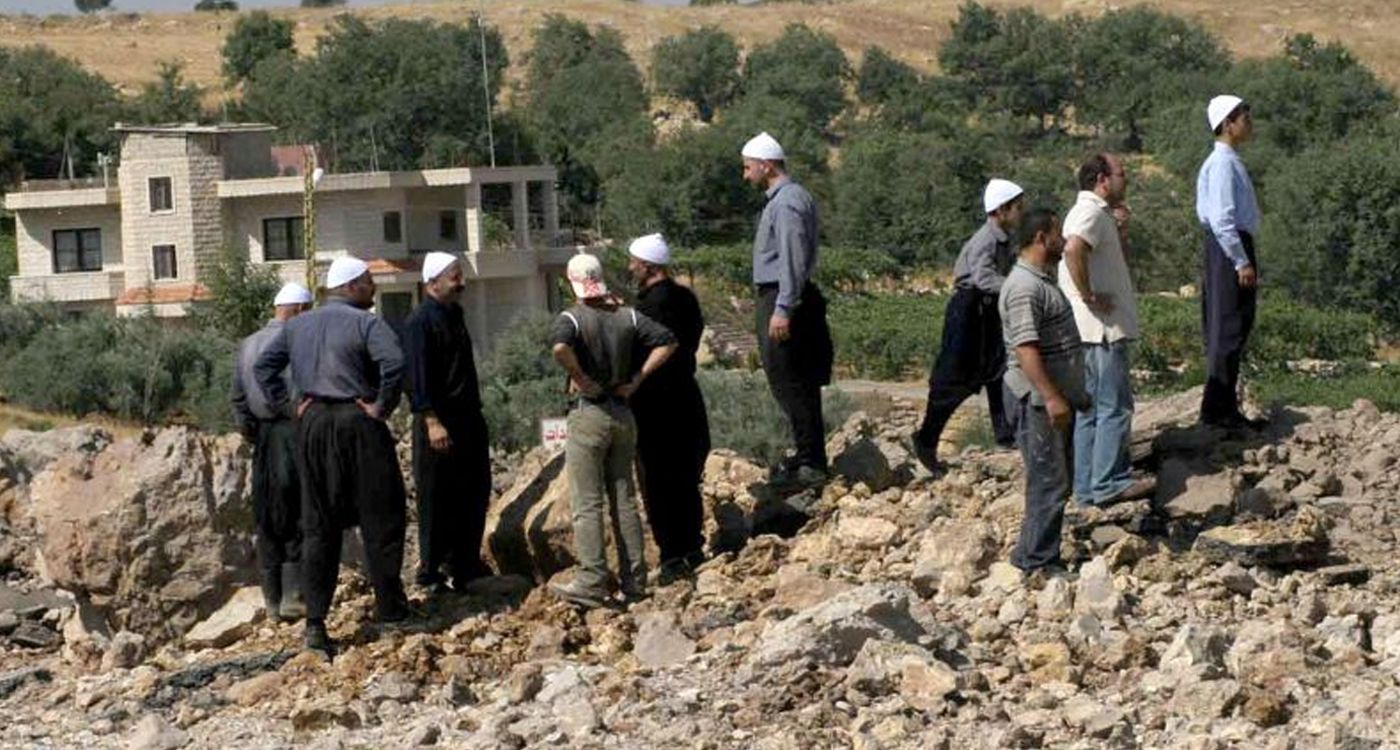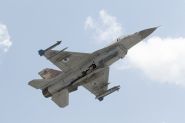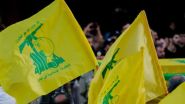
The threat the Druze community is currently confronting also faces Christians and Sunnis. Without swift action, the burden of displacement will hit them all at once, making it far more difficult to address. Benjamin Netanyahu's upcoming plan seeks to reshape the entire Middle East, including Lebanon.
Lebanon's political and sectarian forces cannot approach the current Israeli war as they did previous conflicts, including the 1982 invasion that reached Beirut. This war risks dismantling the existing “rules of engagement” between Lebanese sectarian groups, potentially ushering in a new balance of power. As a result, all factions are bracing for the “day after” the war.
In this context, Druze leaders met in Baadaran last Saturday to chart their course in response to the ongoing and anticipated changes, reflecting Walid Jumblatt’s belief that “the war will be very long.”
This gathering effectively lays the groundwork for a provisional collective leadership for the Druze community. Wisdom now dictates roles distribution and efforts coordination to ensure a smooth transition to safety, without disruptions.
This distribution of roles is a strategy frequently adopted by Druze spiritual and political forces in pivotal moments. The Baadaran meeting evokes the unity of the community's leaders after the events of May 7–8, 2008, when Jumblatt feared a Hezbollah invasion of the Jabal (Shouf). At that time, they set aside their political divisions—whether aligned with March 8 or March 14—and overcame traditional leadership rivalries. Jumblatt even entrusted Talal Arslan with temporarily leading the community, given his closeness to Hezbollah, with the understanding that the situation would be reassessed once the crisis had passed.
Today, it seems that Jumblatt, the convener of the Baadaran meeting, intended it to be a historically significant gathering with deep symbolism, opting for this setting rather than his Mukhtara residence. His goal was to ensure inclusivity, under the guidance of spiritual leadership represented by Sheikh Akl Sami Abi al-Mona and other religious figures (Mashayekh), lending the gathering legitimacy and instilling trust and confidence among all parties involved.
The question is: What developments and signals led Druze leaders to mobilize and deem this phase decisive?
According to insiders close to the meeting, everyone understands how and when the Israeli war began, but no one can predict how or when it will end. Thus far, it has displaced hundreds of thousands from the South, Beirut’s southern suburbs, and the Beqaa to the Jabal regions and beyond, with many of their homes facing systematic daily destruction. If this conflict drags on for several more months, as anticipated, it could cement significant demographic shifts in Lebanon.
The crisis is further exacerbated by Israel's deliberate efforts to depopulate certain areas through systematic destruction of residential neighborhoods. With international and regional tensions likely to delay reconstruction aid, the displaced are expected to remain in the Jabal regions and other areas indefinitely, with no clear end in sight. This situation will carry serious demographic and security implications for Lebanon.
In response, the leaders gathered in Baadaran underscored the urgent need to manage the crisis before it escalates further. They cautioned the Druze community against selling their properties during this sensitive period and called on the Army and security forces to take decisive action to prevent any sectarian strife that could be triggered by tensions between the displaced people and host communities.
As a stark illustration of the volatility, just hours after the meeting, despite calls for calm and restraint, a security incident flared up in Baaqlin between locals and displaced individuals, which was quickly contained. There are rising fears that similar incidents could recur under the mounting pressure affecting both sides, especially with the risk of a “fifth column” exploiting the situation to incite a conflict that no one wants.
Until recently, Jumblatt took it upon himself to avert security tensions between the supporters of the Progressive Socialist Party (PSP) and those of Hezbollah in certain Jabal areas, relying on a network of preventive communication. Coordination committees between the two parties have been continuously operating to handle any issues. However, concerns have escalated with the erupting displacement crisis, which shows no clear end in sight, causing a decline in the effectiveness of these committees.
Some analysts fear that ongoing campaigns of distrust and accusations within Hezbollah's community—coupled with threats of “accountability” after the war with Israel—could fuel further tensions. While the Lebanese Army Forces (LAF) remain the only reliable force capable of quelling any potential sectarian conflict at its root, political sensitivities toward the Army’s Command are undermining its role. This leaves the entire country in a precarious position.
The threat the Druze community is now confronting is one that also looms over the Christians and Sunnis. The displacement pressure on their regions is equally heavy—demographically, economically, and security-wise. If they do not swiftly act to launch initiatives similar to those of the Druze in addressing the situation at its inception, the full weight of displacement will fall on them all at once, making it much harder to manage. This is compounded by Benjamin Netanyahu’s plan for the coming months, which aims to reshape the entire Middle East, including Lebanon, a transformation that will come at a significant cost.



Comments